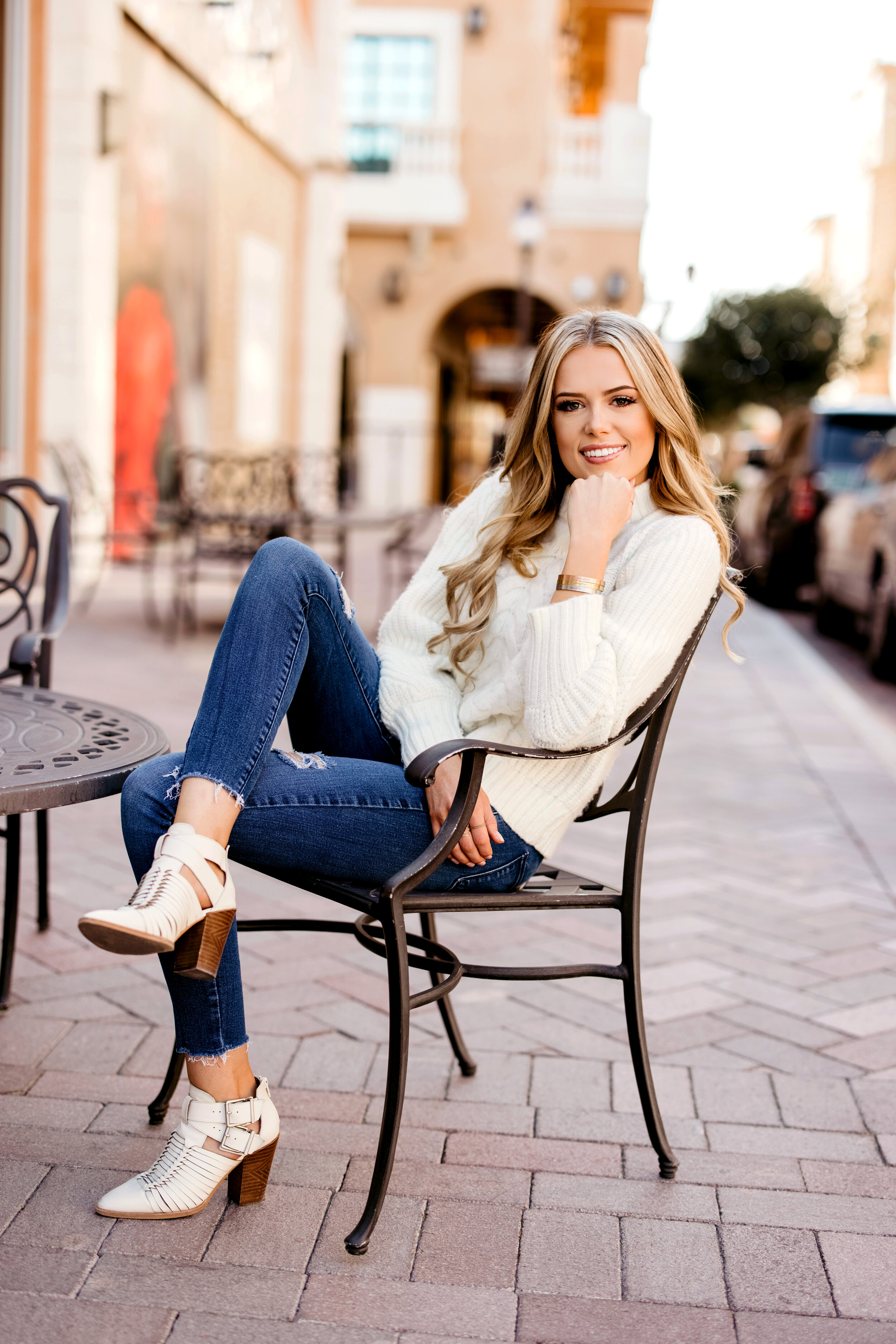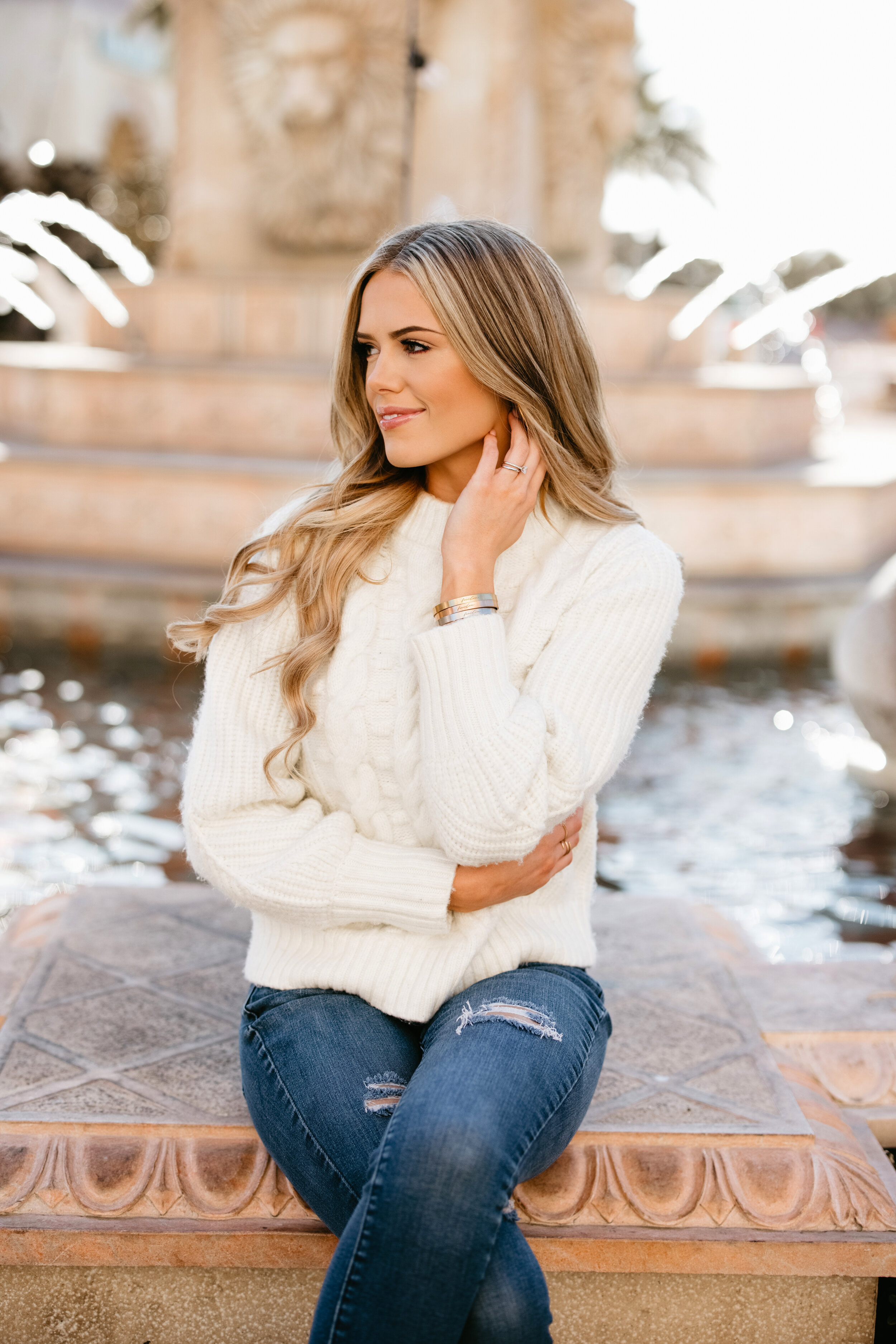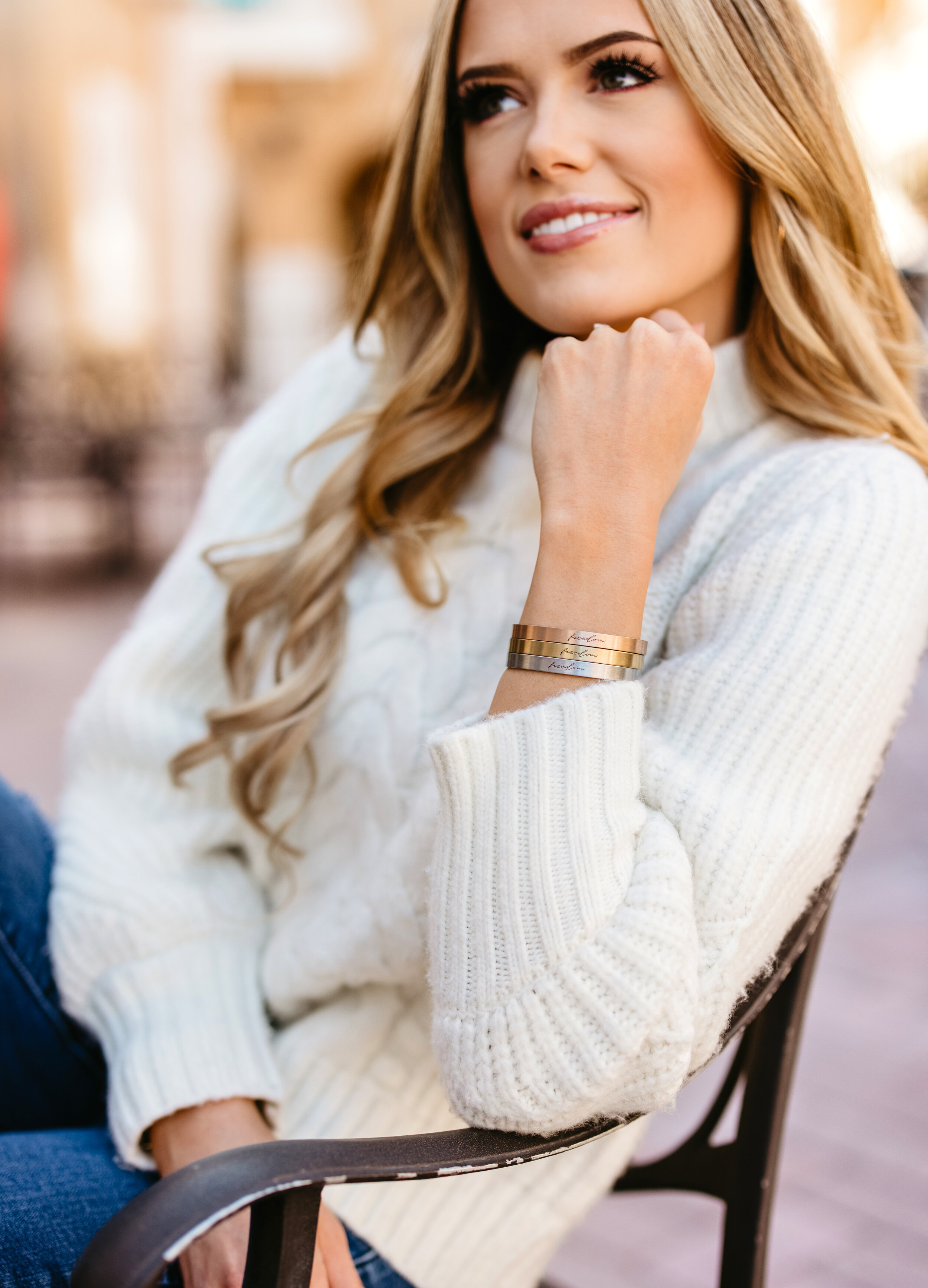Canon R5 + RF 50 1.2 review
Canon R5 + RF 50 1.2 review for photographers
So stoked to be doing a brief review of the Canon R5 along with the RF 50MM 1.2 L USM. This will be more of an opinion and real-world use review as opposed to a technical review (which you can find elsewhere online). I will also be comparing it to the camera I switched over from, the Sony A7R III.
I Purchased this camera at the beginning of Oct 2020 for around $4200 after being on a backordered list for almost a month. I purchased this camera to replace my Sony A7R III that I have had since 2017. A quick backstory: I have been using Canon since 2004 and switched over to Sony in 2017 when I fell in love with the eye detection and EVF. When the Canon R mirrorless came out, I wasn’t impressed enough to switch back over to Canon, however, when the R5 was announced, I knew I had to have it! I purchased the RF 50MM 1.2 L USM lens for around $2400 to go with my new body. I also purchased the standard $100 adapter to use old EF glass, although, I will probably end up getting the control ring version. I love the control ring but didn’t want to wait for them to come out of backorder to be able to start using the EF glass. (Side note: The adapter works flawlessly with the EF glass. No lag and the tracking works the same.)
My first impressions of the body:
When I first unboxed the R5, I was instantly in love with the look and feel of this camera. It felt solid and beautifully built, unlike the Sony, which felt like a toy. I love the flip around screen which not only allows you to view the LCD from different angles but protects the screen when you have the camera stored in your bag. The top digital display on the camera is something that I always wanted on the Sony. It allows you to digitally switch between modes for stills and video as opposed to a dial (which isn’t bad, but not my personal preference).
The images that come out of this are beautiful and sharp without looking overly sharp or “digital” like an iPhone photo. The shadows pull out very nicely unlike the Sony, which I felt struggled in that area.
The LCD on the back is a full touch screen that is AMAZING. You can easily navigate through functions without having to go into your menu. You can swipe to review images as well as zoom in and out by pinching your fingers. Coming from the Sony where the “touch screen” was only able to focus; it is a huge transition. The display on the canon is also SUPER crisp as opposed to my Sony.
The EVF on both the Sony and Canon are similar and super nice with no lag. The eye tracking on the Sony seems a bit quicker at catching the eye, but the Canon isn’t far off. Some might say its a tie!
The Canon is 45 MP as opposed to the 42 of the Sony A7R III. The compressed version of the Canon allows you to lose almost no information and be able to shrink your file in half, which is amazing. The only time you will be able to tell is if you are underexposed by more than 2 stops or shooting in low light, which you would want to use standard raw.
I sound like I am being hard on the Sony; however, it was actually an amazing piece of equipment. Apart from the shadows and cheap feeling body, the images and ease of use were actually amazing. Without pixel peeping, you probably wouldn’t even be able to tell the difference between the two and with the Sony being a lot cheaper for both bodies and lenses, I would say it is an amazing option!
So far, I have used the R5 for everything except for concerts, which are non-existent at the moment. It handles low light very well, so I expect it to be able to hold up to my expectations. I will do a review of that when I am able to attend a concert again!
My first impressions of the lens:
The first lens I used when I got this body was the EF 50 1.2 L. I was not very impressed. There was so much chromatic aberration and the image quality was lacking to justify the $4200 body it was paired with. I returned that lens and decided to spend the extra money and get the RF version. I was blown away by the RF 50 1.2. When I first opened the box, the built quality was there. It was so solid and stunning! I started laughing after I took my first image with it because I was so blown away by it. It has the compression and bokeh of an 85, but in a 50mm. The subject is sharp, but not overly sharp and there is a nice throw off of creamy goodness that fades out from the subject into the background.
The control ring in the front of the lens, allows you to set a function for the camera to do. I have mine set to switch the focusing modes from eye AF to single focus point, etc. You could set this to do a variety of different things. It makes it so easy and quick. Makes the world of a difference when you need to get that shot and don’t have time to mess around.
I would definitely recommend getting this camera and lens if you have the budget and need it for the type of work that you do. If you are a family photographer or wedding photographer and don’t crop in a lot, I would recommend getting the R6, which is a budget friendly version of this camera with a smaller megapixel count and few other differences, including a dial rather than a digital screen on the top.
You could always use a software like Gigapixel AI to turn your smaller megapixel images into larger ones using artificial intelligence. I personally use this, and it is amazing!
If you have any questions about this camera that you are dying to know, shoot me an email and I would be happy to answer. You could follow me on tik tok @nolenryan or Instagram @nolenryan for tips and other info that I might put out!
DOWNLOAD THE RAW FILES TO THE IMAGES BELOW HERE TO PLAY AROUND WITH THEM!
(ALL COPYRIGHTS BELONG TO NOLEN RYAN PHOTOGRAPHY AND ARE FOR PERSONAL EDUCATIONAL USE ONLY. POSTING THEM OR USING THEM IN ANY WAY IS PROHIBITED)
(Model: Makenzie Johnson | Instagram @themakjohnson)
Images taken for Anthem





